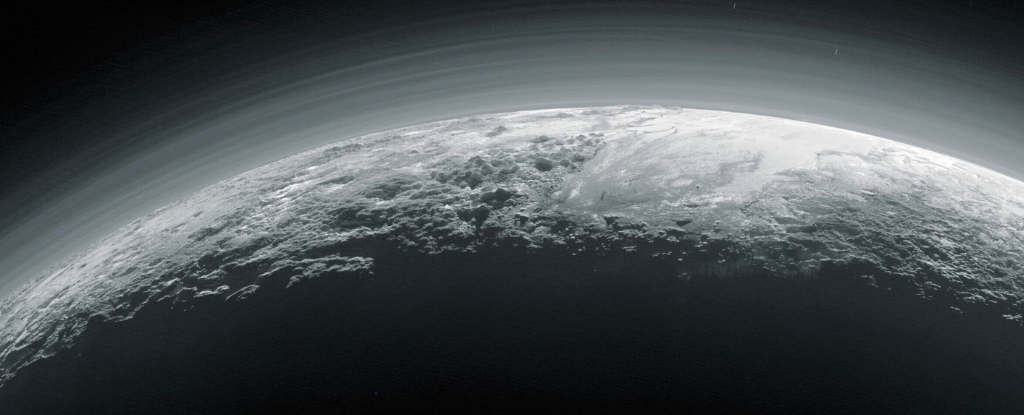Now, new observations using the James Webb Space Telescope (JWST) taken in 2022 and 2023, show that Pluto’s atmosphere is completely different from any other one in the Solar System.
For one thing, it contains haze particles that rise and fall as they are heated and cooled.
Pluto’s atmosphere is a complicated haze of nitrogen, methane, and carbon monoxide. Based on the JWST data, the haze particles control the energy balance of the atmosphere as they heat up and cool off. That’s very unusual and hasn’t been seen in other solar system worlds.
The observations were inspired by an idea astronomer Xi Zhang (University of California - Santa Cruz) proposed in 2017.
“It was a crazy idea,” said Zhang.
However, he and the co-authors on the paper felt confident enough to predict that if a haze is cooling Pluto, it should be emitting strong mid-infrared radiation. If so, then an infrared-sensitive telescope should be able to “see” the phenomenon.
Inspired by that prediction, a team of astronomers led by Tanguy Bertrand of the Observatoire de Paris, used JWST to study the haze control of Pluto’s atmospheric heat balance.
“We were really proud, because it confirmed our prediction,” Zhang said. “In planetary science, it’s not common to have a hypothesis confirmed so quickly, within just a few years. So we feel pretty lucky and very excited.”
…
I’ve never seen a dwarf planet go this hard



